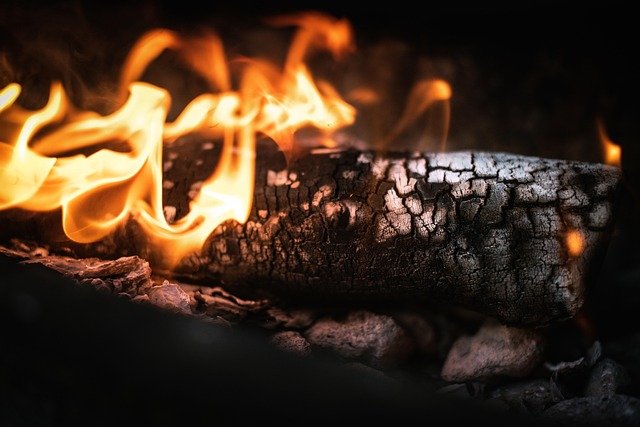The Timeless Appeal of Wood Burning Stoves: Combining Warmth and Ambiance
Wood burning stoves have been a cornerstone of home heating for centuries, offering a unique blend of practicality and charm. These versatile appliances not only provide efficient heating but also create a cozy atmosphere that can transform any living space. In this article, we'll explore the various aspects of wood burning stoves, their benefits, and how they compare to traditional fireplaces.

Traditional fireplaces, on the other hand, are open structures built into the wall of a home. They provide a more direct view of the fire but are generally less efficient at heating a space. Fireplaces tend to lose a significant amount of heat up the chimney, whereas wood burning stoves are designed to radiate heat more effectively into the room.
What are the benefits of using a wood burning stove for home heating?
Wood burning stoves offer several advantages as a home heating solution. Firstly, they are highly efficient, converting a large percentage of the wood’s energy into usable heat. This efficiency can lead to lower heating costs, especially in areas where wood is readily available and affordable.
Additionally, wood burning stoves provide a reliable source of heat during power outages, making them an excellent backup heating option. They also contribute to a home’s ambiance, creating a warm and inviting atmosphere that many find appealing. The crackling sound of burning wood and the visual appeal of flames can enhance the overall comfort of a living space.
How does a wood burning stove impact energy costs and sustainability?
From an energy cost perspective, wood burning stoves can be an economical choice for home heating. Wood is often less expensive than fossil fuels, particularly in rural areas with abundant forests. However, it’s important to consider the long-term sustainability of wood as a fuel source.
When managed responsibly, wood can be a renewable resource. Many environmentally conscious homeowners choose to burn wood from sustainable sources or use wood that would otherwise go to waste. It’s worth noting that modern wood burning stoves are designed to burn more efficiently and produce fewer emissions than older models, making them a more environmentally friendly option.
What safety considerations should be kept in mind when using a wood burning stove?
Safety is paramount when operating a wood burning stove. Proper installation by a certified professional is crucial to ensure that the stove meets all local building codes and safety standards. Regular maintenance, including chimney cleaning and inspection, is essential to prevent the buildup of creosote, which can lead to chimney fires.
It’s also important to use the correct type of wood – seasoned hardwoods are preferable as they burn more efficiently and produce less smoke. Maintaining a safe distance between the stove and combustible materials, using a fire screen, and having working smoke and carbon monoxide detectors are all important safety measures.
How do wood burning stoves compare to other heating options?
Wood burning stoves offer a unique combination of efficiency, aesthetics, and independence that sets them apart from other heating options. While they may require more hands-on maintenance than gas or electric heating systems, they provide a level of control and ambiance that many homeowners find appealing.
| Heating Option | Efficiency | Initial Cost | Fuel Cost | Ambiance |
|---|---|---|---|---|
| Wood Burning Stove | High | Moderate | Low-Moderate | High |
| Gas Fireplace | High | Moderate-High | Moderate | Moderate |
| Electric Heater | Moderate | Low | High | Low |
| Traditional Fireplace | Low | High | Low-Moderate | High |
Prices, rates, or cost estimates mentioned in this article are based on the latest available information but may change over time. Independent research is advised before making financial decisions.
What factors should be considered when choosing a wood burning stove?
When selecting a wood burning stove, several factors come into play. The size of the space to be heated is crucial – a stove that’s too small won’t provide adequate warmth, while one that’s too large may lead to overheating. The stove’s heat output, measured in BTUs (British Thermal Units), should match the heating requirements of your space.
Design is another important consideration. Wood burning stoves come in various styles, from traditional cast iron models to more modern designs. Choose a stove that complements your home’s décor and meets your aesthetic preferences. Additionally, consider the stove’s ease of use, including features like air wash systems that help keep the glass clean and ash pans for easy cleaning.
In conclusion, wood burning stoves offer a compelling combination of efficient heating, aesthetic appeal, and the satisfaction of a traditional heating method. While they require more active management than some modern heating systems, many homeowners find the benefits well worth the effort. Whether used as a primary heat source or as a supplementary heating option, a wood burning stove can be a valuable addition to any home, providing warmth, comfort, and a touch of rustic charm.






